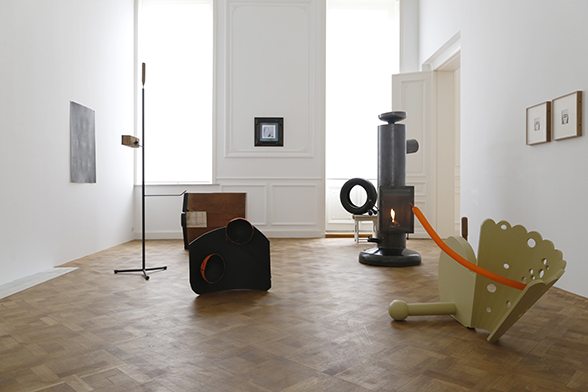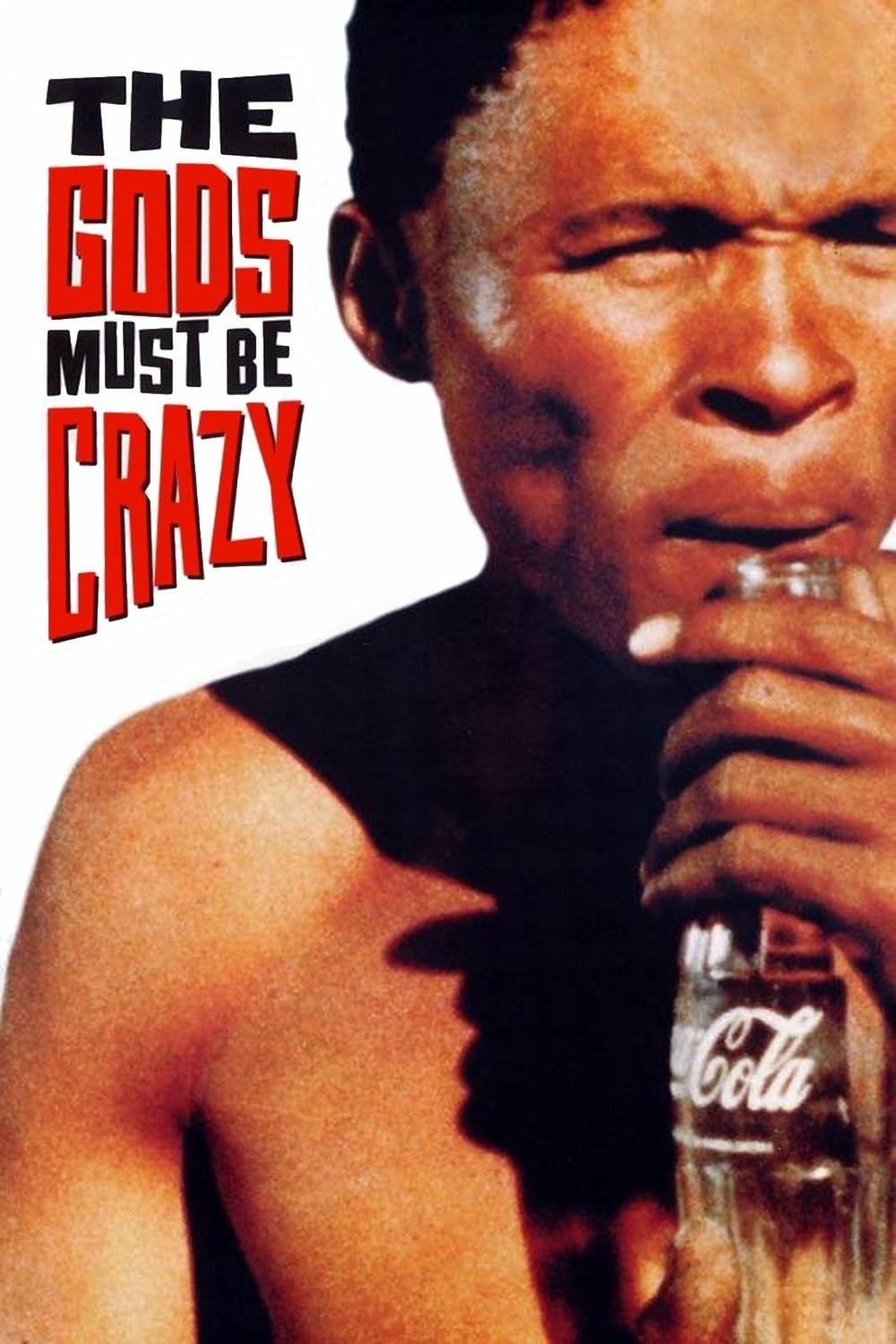Koenraad Dedobbeleer: The Theatre of the Gallery Space
Posted on 6 April 2016 by Liverpool Biennial

Koenraad Dedobbeleer, installation view of ‘A Formal Model - An Inhibition Show’, 2016, at Galerie Micheline Szwajcer. Photo courtesy: the artist and Galerie Micheline Szwajcer
Koenraad Dedobbeleer, installation view of ‘A Formal Model - An Inhibition Show’, 2016, at Galerie Micheline Szwajcer. Photo courtesy: the artist and Galerie Micheline Szwajcer
Koenraad Dedobbeleer’s sculptural and installation-based practice explores how our understanding of objects, spaces or ideas can shift through re-contextualisation. The Belgian artist recently visited to Liverpool to work on his Liverpool Biennial 2016 commission, and talked to us about some of the thinking behind his work…
Your work suggests a significant interest in found objects. What is it about objects that interests you and how do you feel about objects that have only recently come into existence?
What interests me most in an object is the history that it carries and how this might relate to a certain culture. It’s not so much about an object being new or old. For me, everything that comes into existence is, by nature, a carrier of information, whether that be biological, social, psychological or some other type.

Koenraad Dedobbeleer, installation view of ‘A Formal Model - An Inhibition Show’, 2016, at Galerie Micheline Szwajcer. Photo courtesy: the artist and Galerie Micheline Szwajcer
Your interest extends to the way that objects are displayed or arranged. How do you think display shapes the way we look at objects?
There is this 1980’s South African film called The Gods Must Be Crazy, where a Coca-Cola bottle is thrown out of an airplane and falls to earth. For the tribe that finds it, the bottle is an unknown artefact and they regard it as the most strange and beautiful ‘present’ from the gods. They invent a new use for it on a daily basis, adopting it as a tool, a music instrument and so on.
We all use objects and this affects how we look at them. As an artist, if you are playing with both making an object and its display, you can play with both codes simultaneously. Display is something very cultural, and cultural differences are an interesting field to investigate. I see context as one of the main fields of my research, which I then respond to via individual objects or constellations of objects.

The Gods Must Be Crazy, 1980
How does this concern extend to the encounter between object and viewer?
The viewer is often hard to take into account when making an object or creating a display. I guess, because of my background, I share many of the same cultural codes as other modern Europeans when looking at things. Display often has to do with theatre. It is a set. I particularly like the temporary nature of sets and how they can be re-actualised. I see this re-actualisation within exhibitions as a form of performance or theatre. I’m quite drawn by the idea that visitors are entering a stage as members of the public and as actors at the same time.

Koenraad Dedobbeleer, Necessarily Involves Wandering, 2011. Photo courtesy: Galerie Micheline Szwajcer
How did you first become interested in making art?
I found my way into art via literature, music and comics. I also drew a lot as a teenager but drawing is much less a part of my practice nowadays. I only use it as a preparatory tool, when necessary. This is not a judgement on drawing itself; I simply see myself as a ‘maker’.
What excites you most about being part of Liverpool Biennial 2016?
I think it is an interesting and daring experiment into how artists and curators can work together to shape what happens. The division between them has existed for too long.
What would you say drives your practice?
Pleasure!
Koenraad Dedobbeleer will make new work for Liverpool Biennial 2016 (9 July – 16 October). Find out more about his practice and previous exhibitions here.
Interview by Liverpool Biennial Assistant Curator, Sevie Tsampalla
Liverpool Biennial
55 New Bird Street
Liverpool L1 0BW
- T +44 (0)151 709 7444
- info@biennial.com
Liverpool Biennial is funded by
Founding Supporter
James Moores